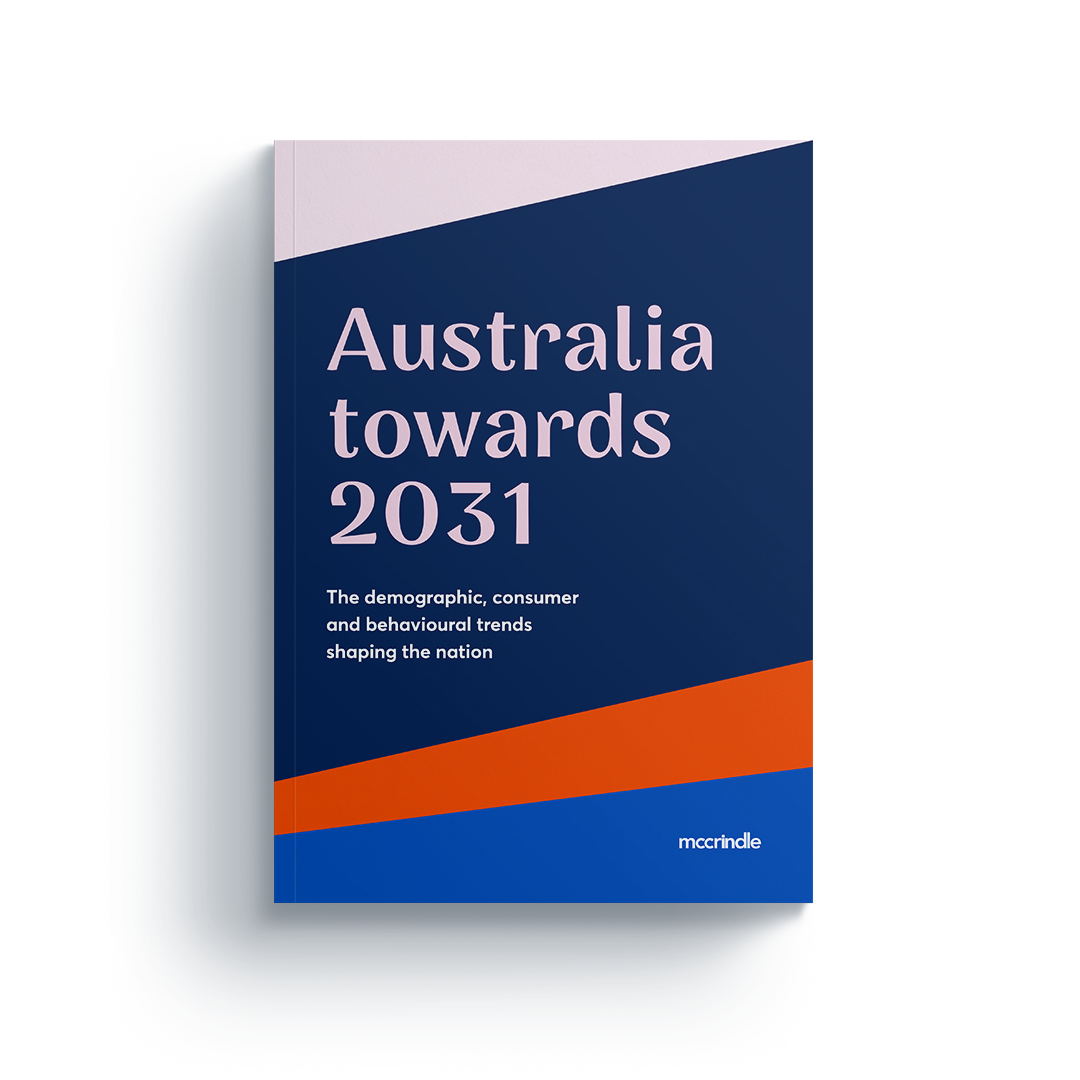The National Happiness Barometer [INFOGRAPHIC]

To mark the inaugural UN-declared International Day of Happiness on March 20, 2013 we’ve put together the National Happiness Barometer.
This research shows that as a nation, we don’t feel as happy as we did 5 years ago. For every person who feels that we are happier than we were in 2008, 11 people say we’re not as happy.
More than half of the population state that they are about average in happiness, 29% say they are happier than average, and 17% are less happy than average.
Income levels significantly influence the perceptions of happiness. Those in households in the lowest earning category ($15,000 below average) are far more likely to believe that as a nation we are not as happy as we were 5 years ago (65%) compared to those in the top earning quintile of which just 44% say we’re less happy than we were.

Similarly the lowest earning quintile are almost four times as likely to say that they are less happy than average (30%) compared to the top quintile of earners (8%).
And while 44% of the highest earners believe that they are above average in happiness, more than 1 in 5 (21%) of the lowest earners also believe that they are above average in happiness.
This research indicates that an awareness of where one’s income sits compared to average influences one’s perception of happiness. Simply put, people who know they earn more than average feel that they must be happier than average as well.
However this changes when we look at non-comparative measures of happiness. If people are asked to rate their happiness subjectively, rather than comparably (that is, a self-rating from “very happy” to “not at all happy”), and on a broader measure (so not “compared to average” but as defined by “life satisfaction, well-being and fulfilment”) then the results are quite different. The largest group turns out to be those who earn significantly less than average but are significantly happier than average (20%). Those who earn significantly more than average and are significantly happier than average come next, at just 16%. Those who earn significantly less than average and are similarly less happier than average (11%) are only slightly more than those who earn significantly more than average but are similarly less happy than average (8%).
Therefore linking happiness to income, or comparing one’s own happiness to the average person, lowers the happiness measures for most. And while it increases the perception of happiness for high earners, it does not enhance their intrinsic sense of happiness.
So the take away: true happiness is not related to earnings, not based on how others compare, and while it can be influenced by, it is not determined by our external environment.
For media commentary contact us on 02 8824 3422 or at [email protected]




